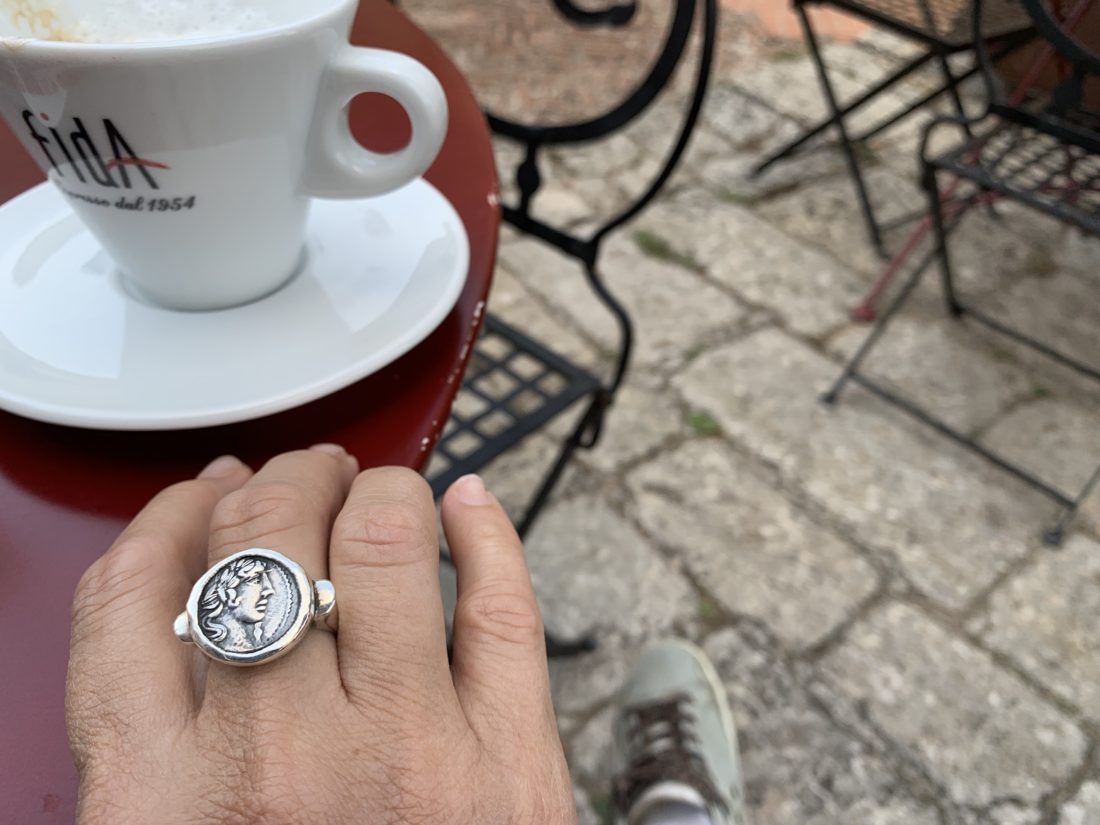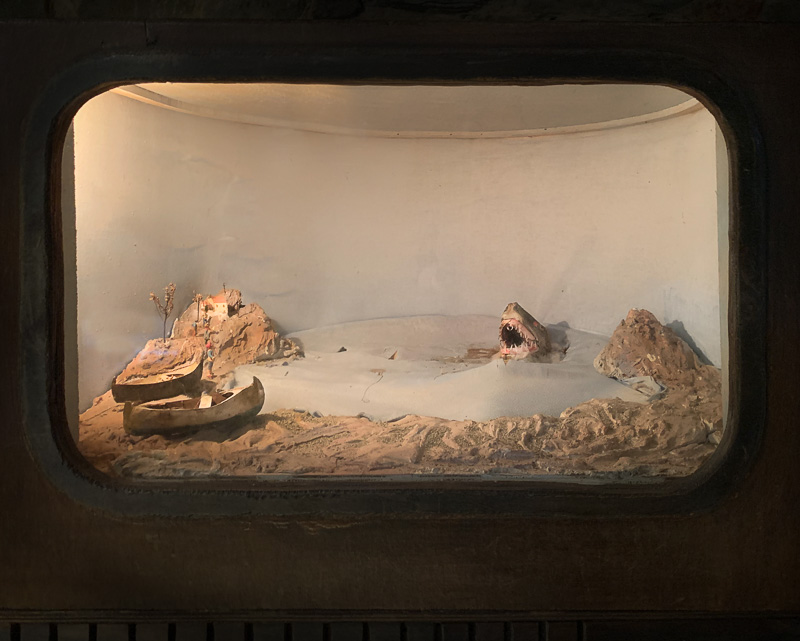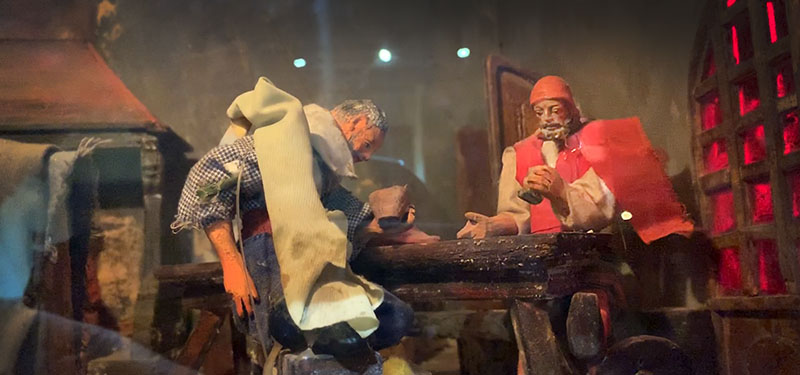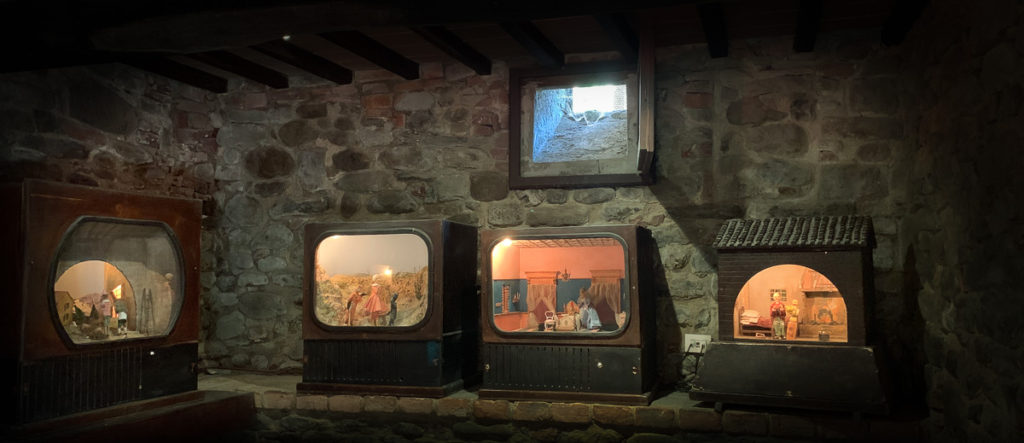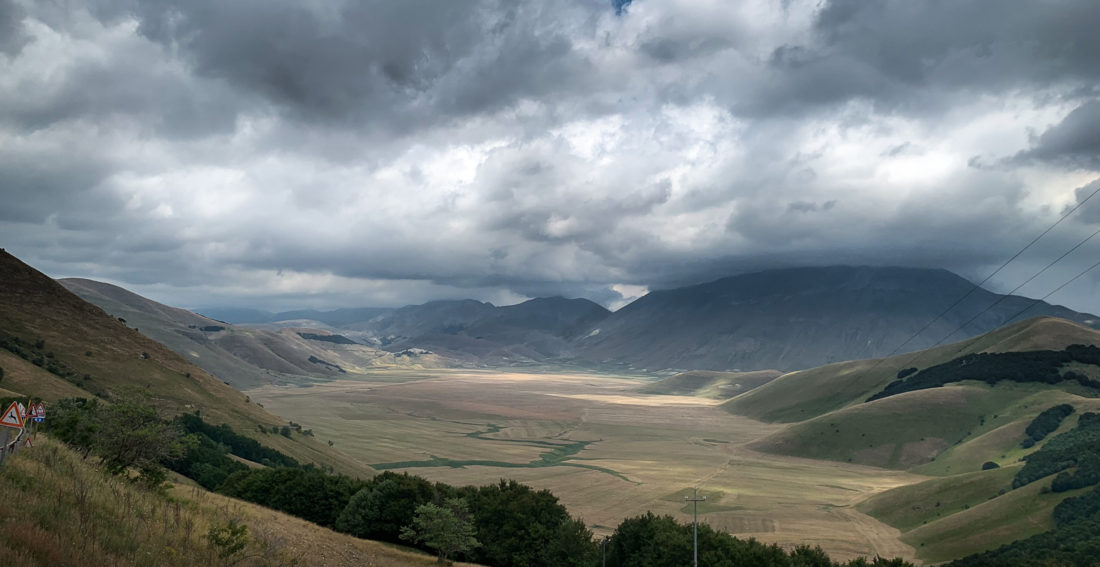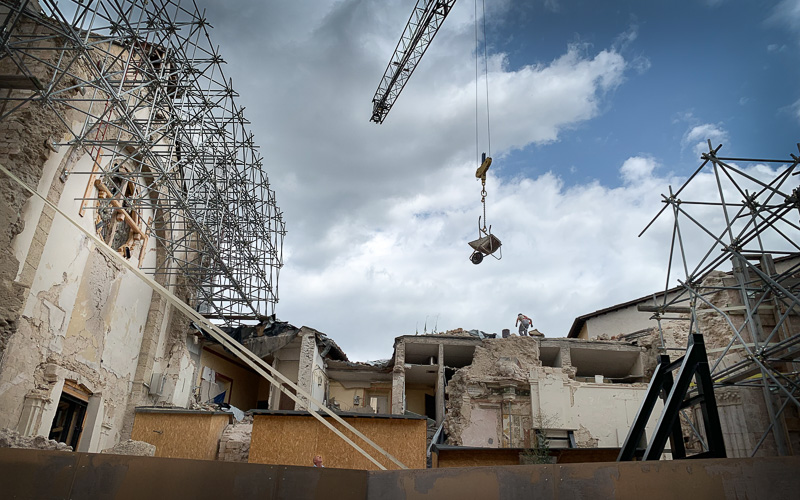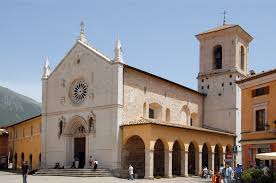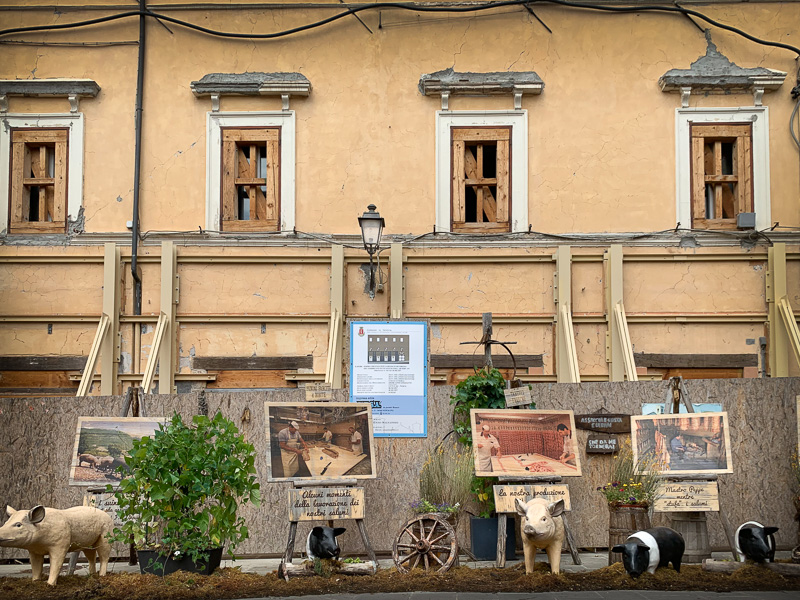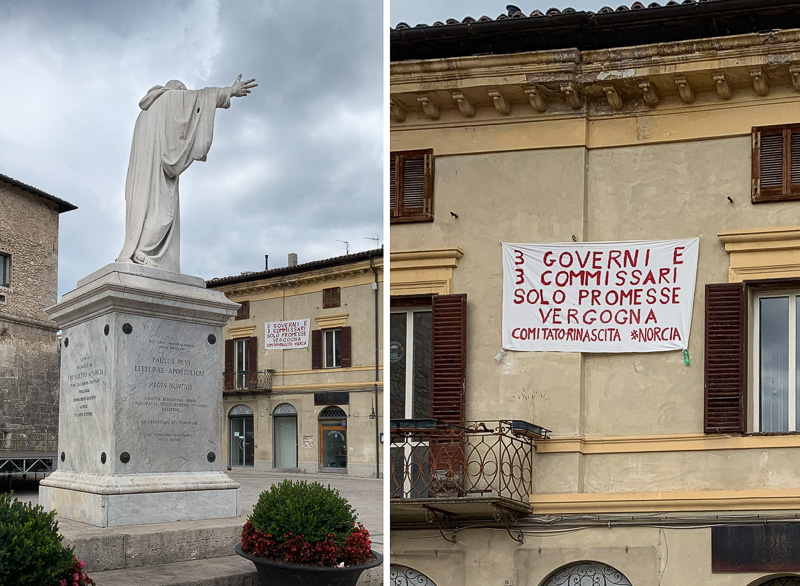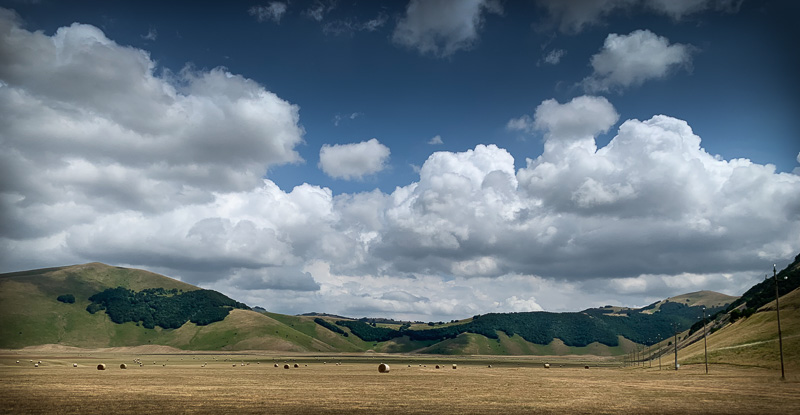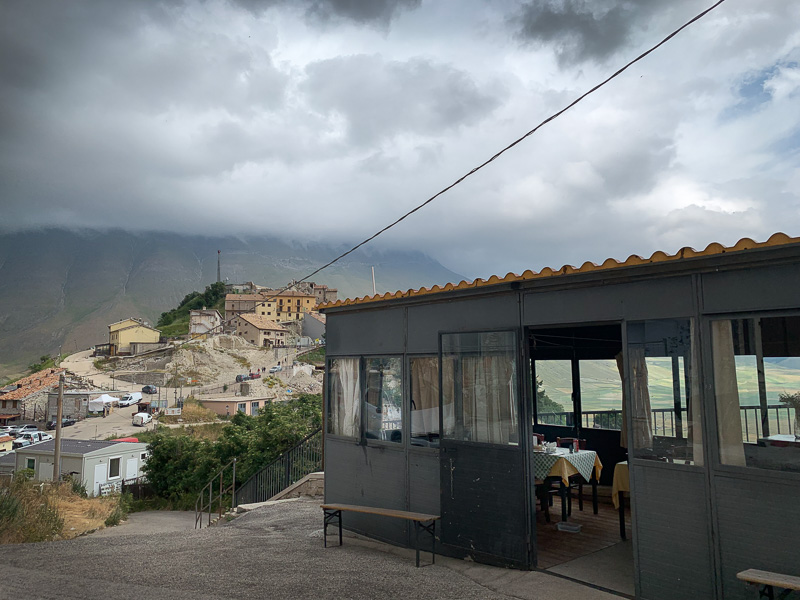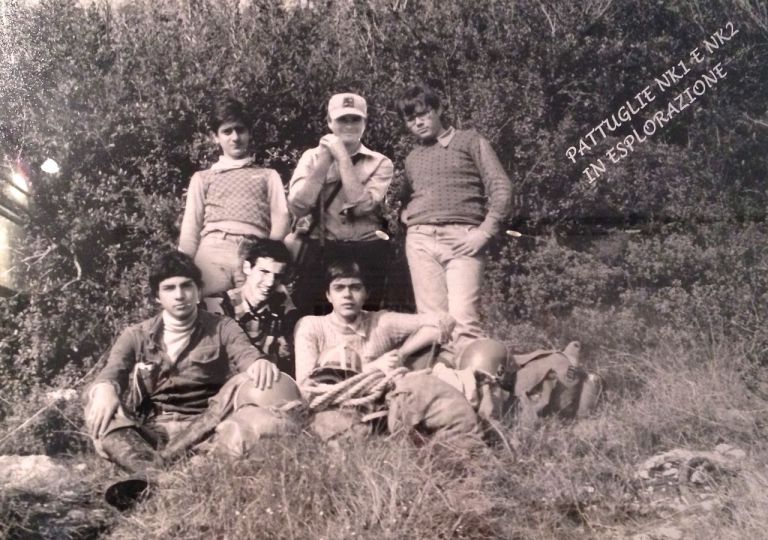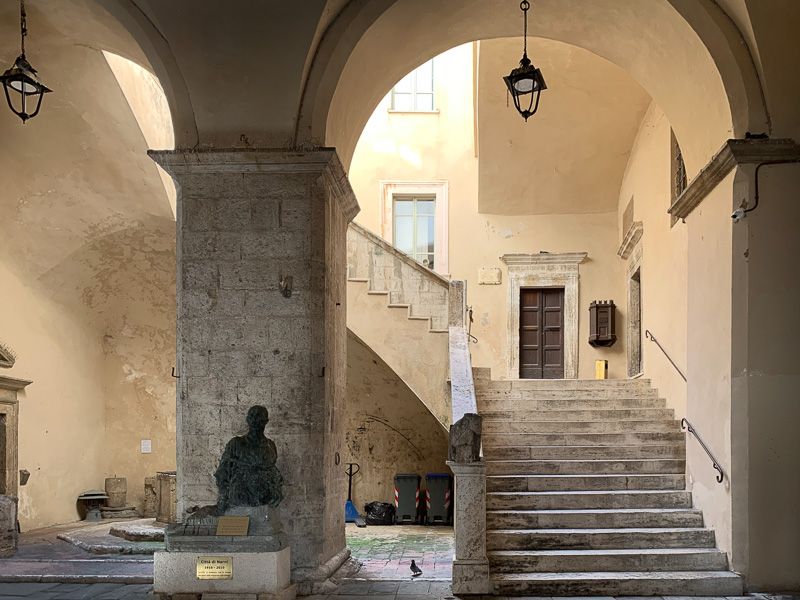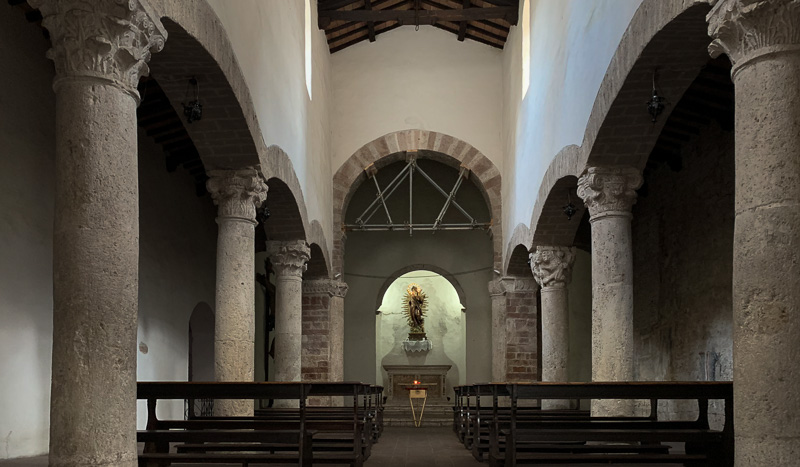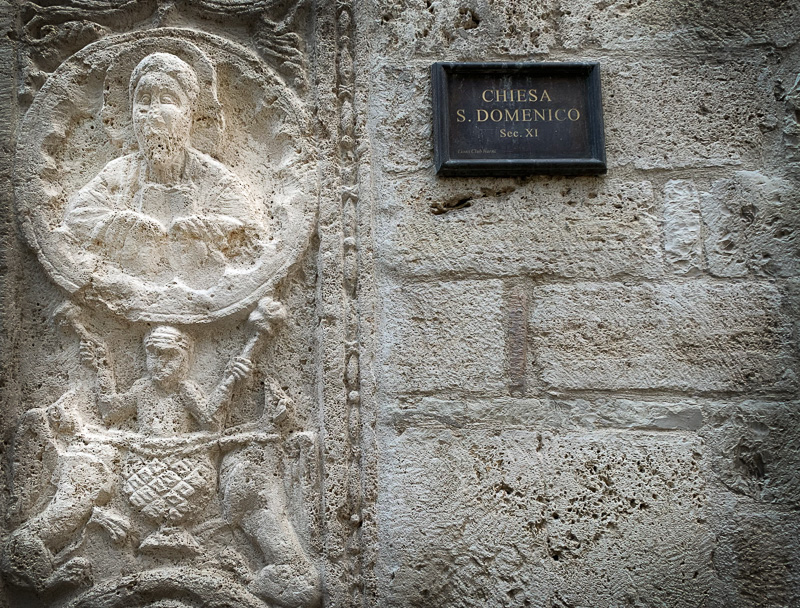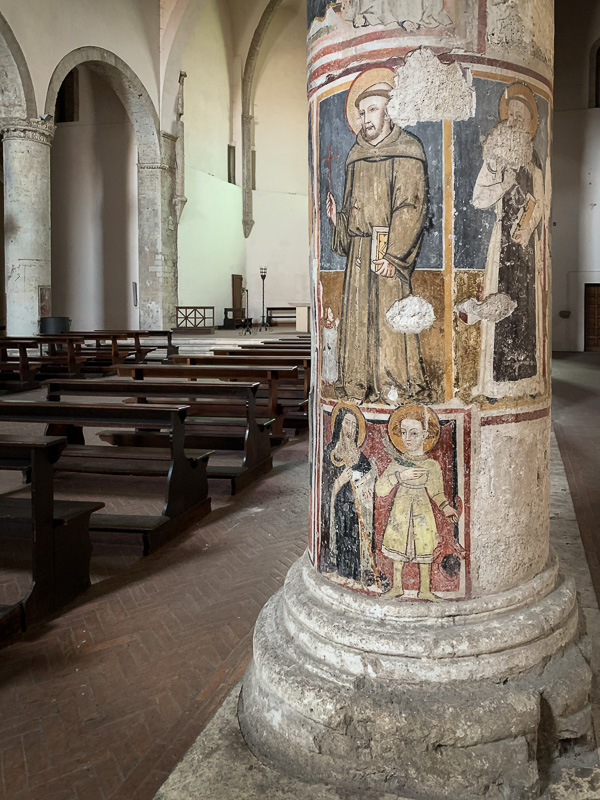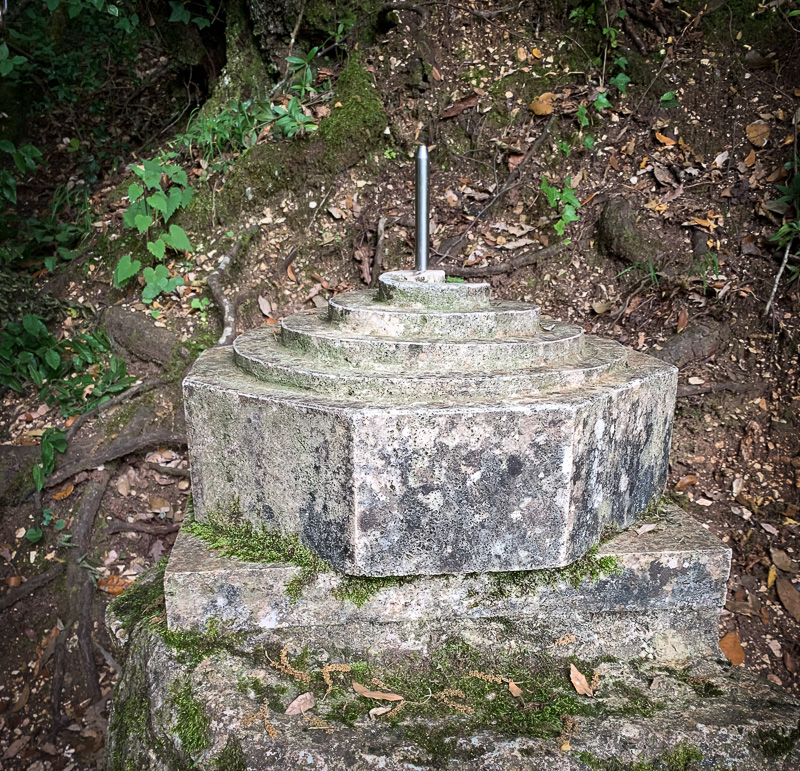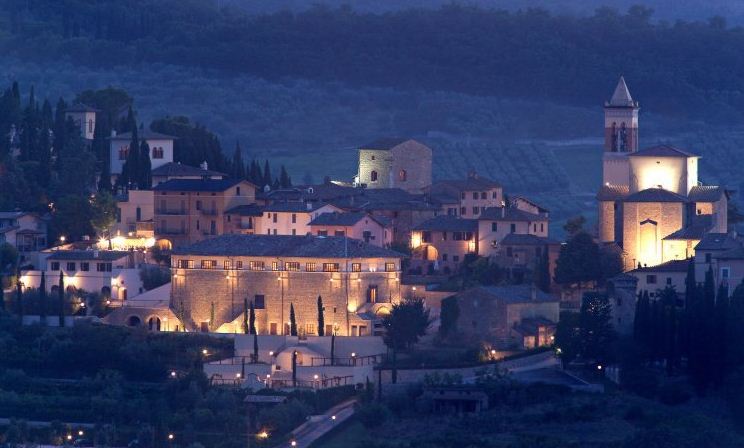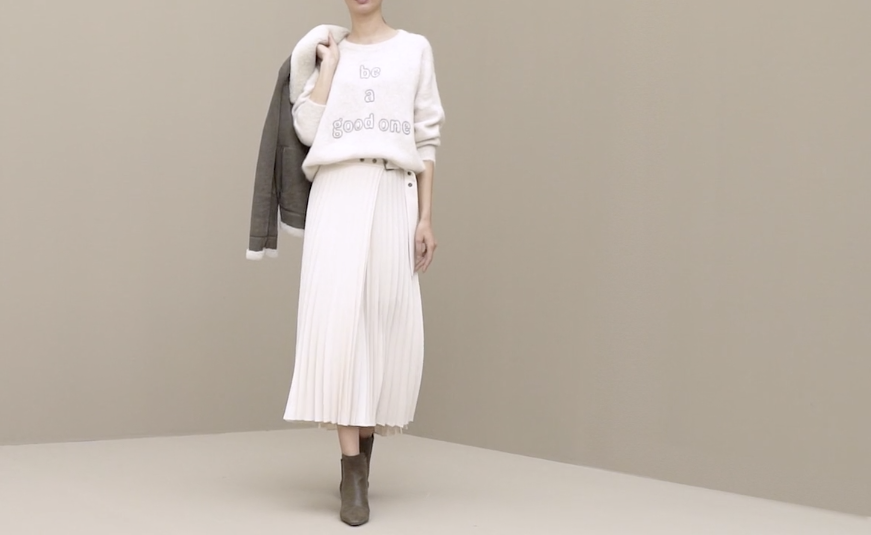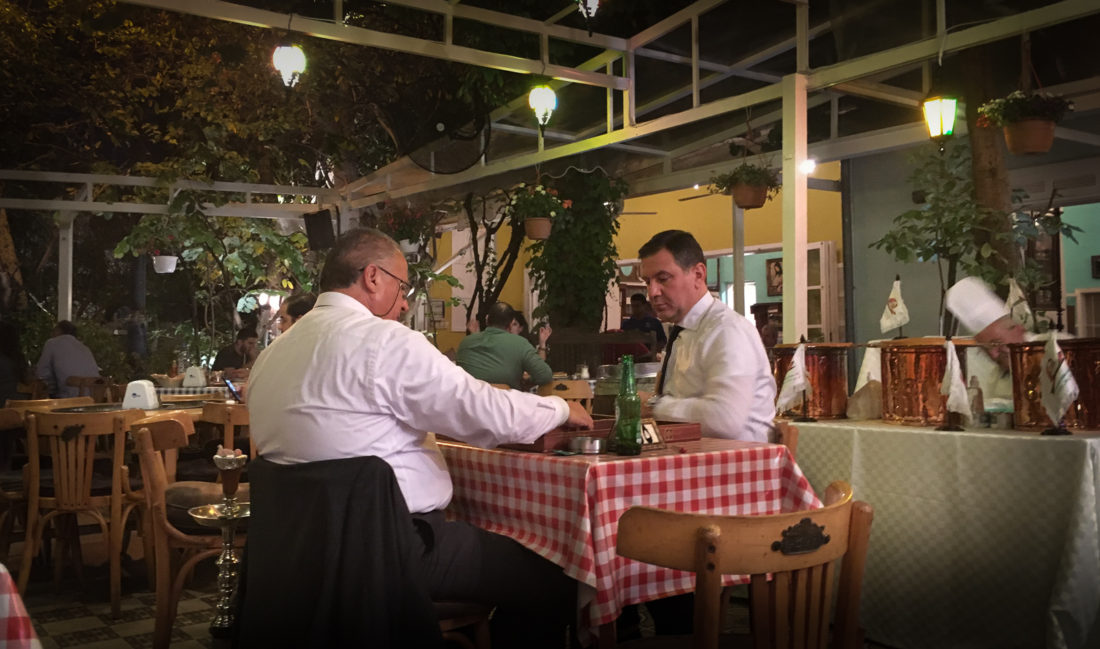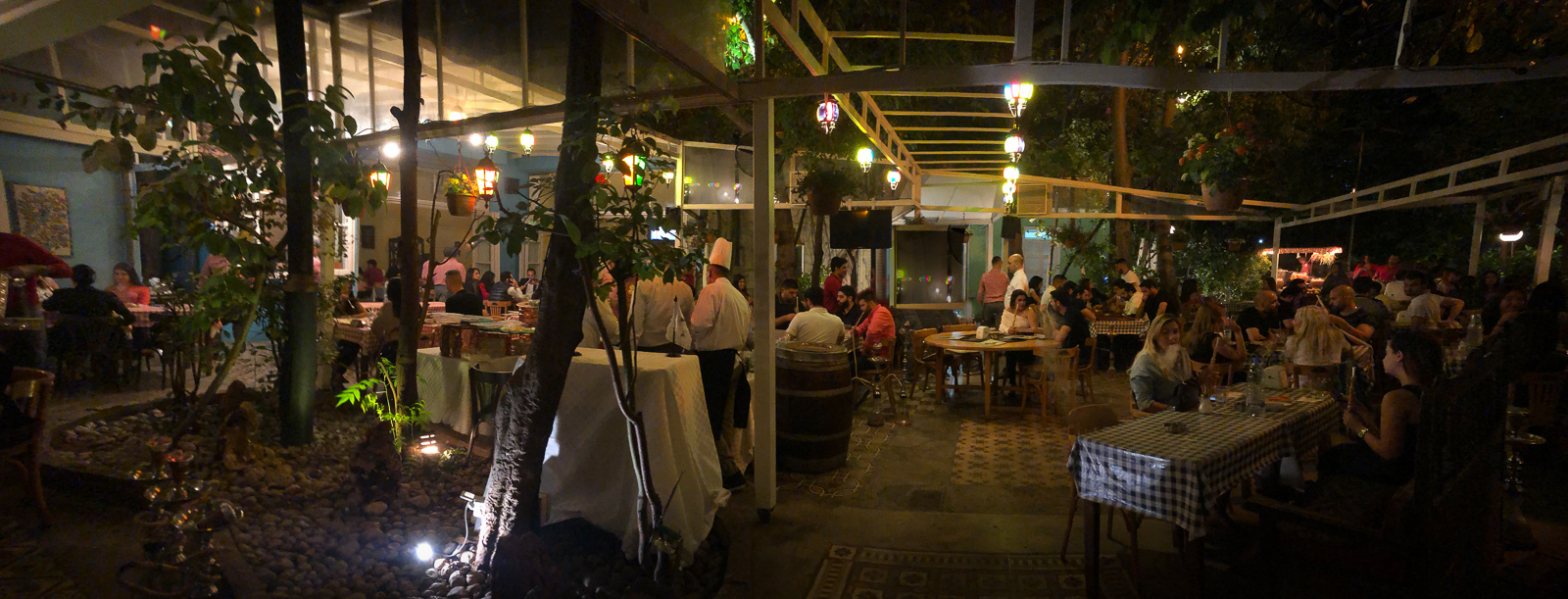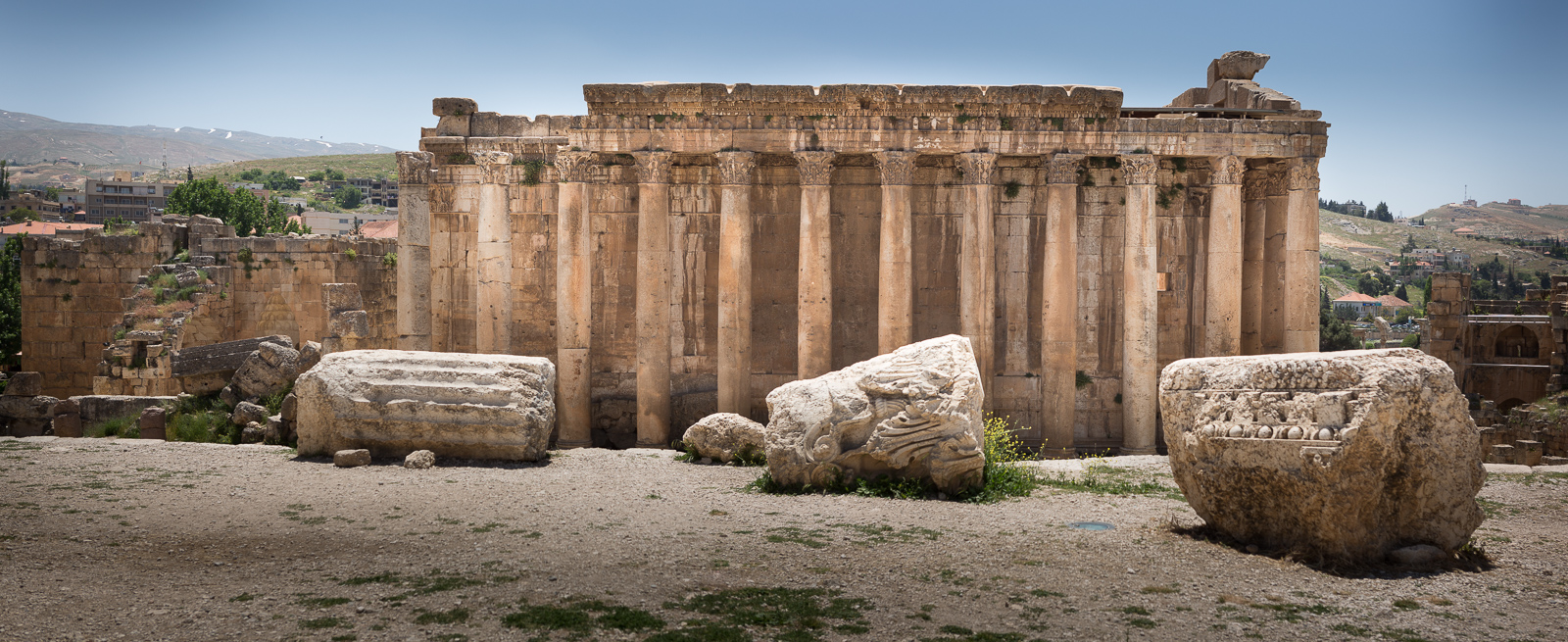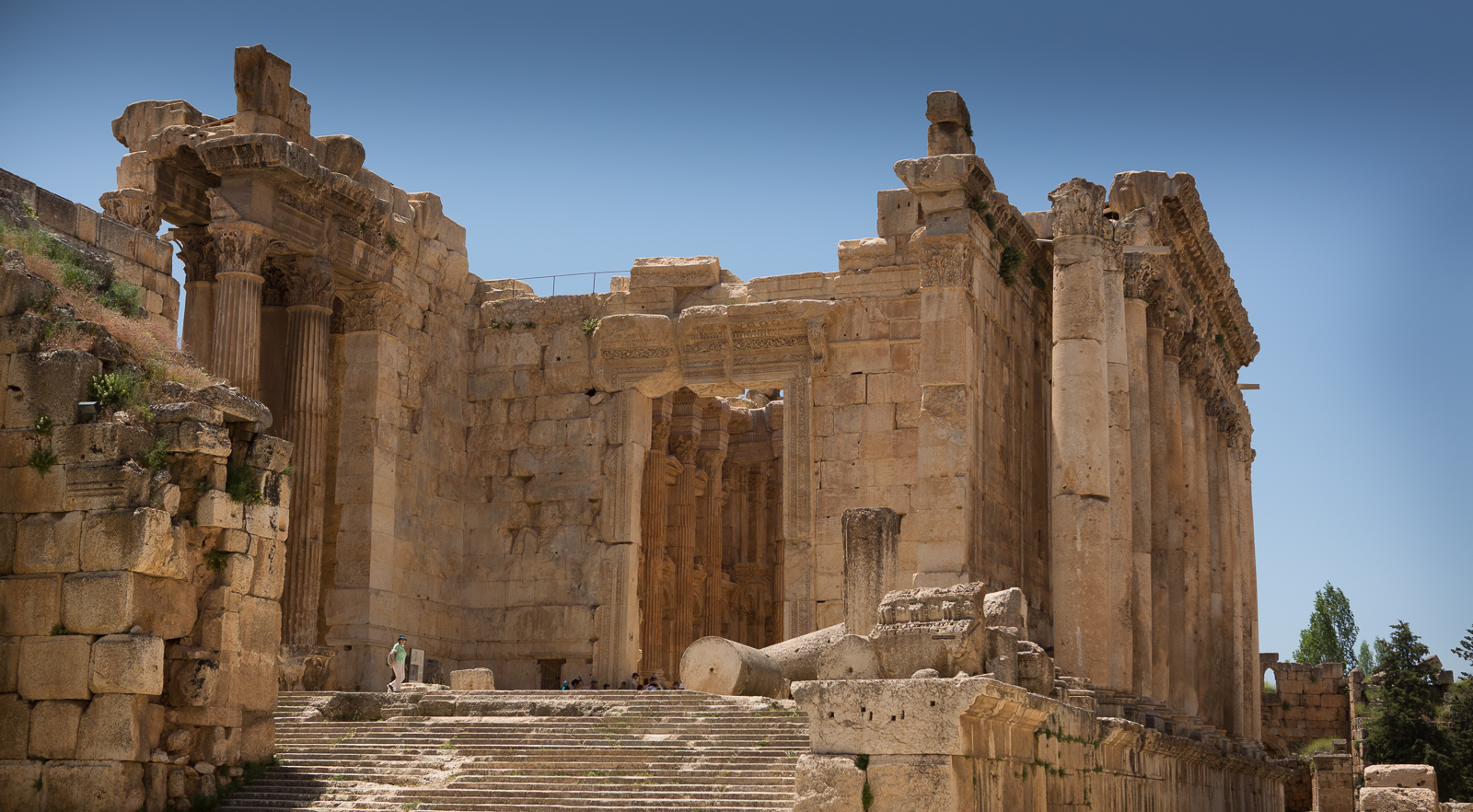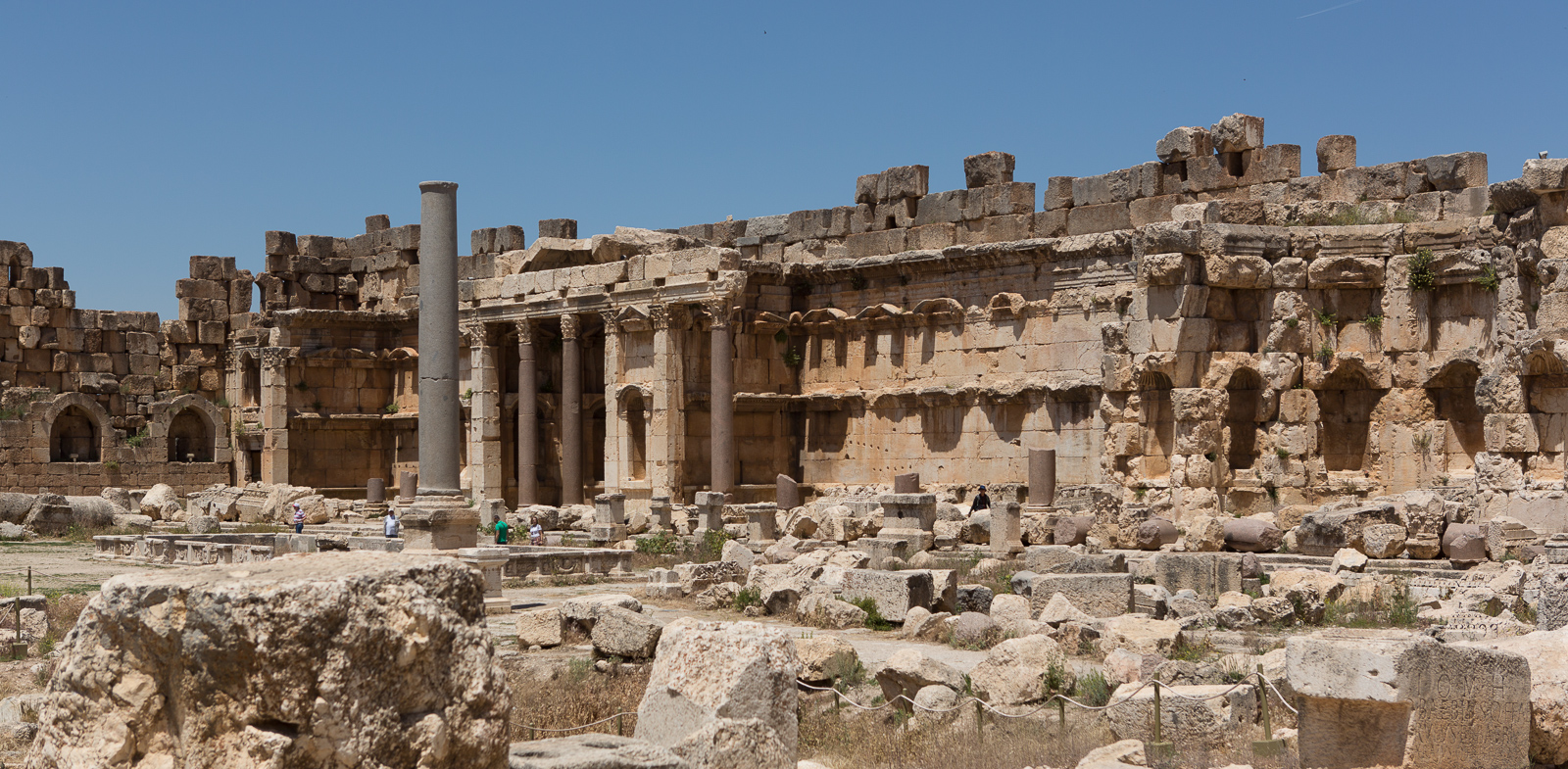Leonardo the Loser
When I was settling my ragazzi in their various schools in England I had a chance to visit Buckingham Palace to see the Queen’s collection of Leonardo da Vinci’s drawings. Two hundred of them. They are usually kept out of site in drawers and shown to a few favored visitors, like when the Pope drops by.
I feel a bit intimate with (and possessive of) Leonardo because of the local relationship we have with him — a feeling I never thought I’d have about one of the greatest minds and artists of all time. One of the things I enjoyed the most were the maps, many of which showed details the Arno river near us, and towns I frequent, like Arezzo. In an earlier Itch I wrote about why many think that the bridge over the shoulder of the Mona Lisa is outside of Arezzo, an area he knew well.

And then there’s the Battle of Anghiari which was never finished and painted over, and is shrouded by mystery and theories. One wall of the exhibition is devoted to many studies for his most ambitious painting. (More from Itch on this.)

But what amazed me was the sheer scale of personal failure that was contained in those hundreds of drawings. He clearly had wanted to make an epic bronze equestrian statue, and he had three different commissions to do so, but none were finished. The most developed, the Sforza monument, got as far as a full scale clay model which was later destroyed when it was used for target practice by the invading French troops. The 75 tons of bronze that had been gathered was melted to make canons.
He’s famous for the failure of technique — all the experiments in materials which resulted in so many paintings literally dripping off the wall (the reason that the Battle of Anghiari was painted over.)
He got further than anyone before on understanding anatomy but never completed his treatise as his involvement in dissections was “denounced before the Pope and likewise at the hospital”. His research was finally published around 1900. One of the greatest scientists of all time had no impact on the discipline of anatomy.
The Last Supper has a door cut into it.
Designs for fantastical war machines, water clocks, and canals altering entire valleys never got beyond sketches.
A substantial part of the time he spent in the employ of the powerful seems to have been spent planning entertainment events, like masked balls, down to the costumes.
If this had of been my biography I think I might have been just a little tempted to conclude, at the end of my life, that I had largely failed. We don’t know how Leonardo thought of his career, but it is so clear looking at these drawings the sheer scale of ideas, curiosity, tenacity to understand, and genius. He experimented more, and thought bigger, than perhaps anyone else. That’s a kind of failure that should encourage us all.








